Shopify Product Display Apps: My Tabs 2.0 vs Pixc: Visual Merchandising

Table of Contents
- Introduction
- How Does My Tabs 2.0 Work?
- How Does Pixc: Visual Merchandising Work?
- How Much Does My Tabs 2.0 Cost?
- How Much Does Pixc: Visual Merchandising Cost?
- Cost Analysis: My Tabs 2.0 vs. Pixc: Visual Merchandising
- User Reviews & Customer Support Insights
- Integration and Compatibility Comparison
- Conclusion
Introduction
In e-commerce, product display plays a crucial role, significantly influencing the purchasing decisions of customers. Research indicates that online shoppers often make decisions based on product presentations rather than just price or brand. This underlines the importance of effective product display apps in enhancing user experience and boosting sales outcomes.Among the various options available, My Tabs 2.0 and Pixc: Visual Merchandising stand out for their unique capabilities in unitizing product display. While both apps aim to enhance how products are showcased, they differ greatly in functionality, user satisfaction, and overall effectiveness. With an easy integration process and impactful features, My Tabs 2.0 provides a comprehensive solution that caters to a wide variety of businesses.
How Does My Tabs 2.0 Work?
My Tabs 2.0 is designed to allow merchants to effortlessly add fully customizable tabs to their product descriptions. This means that businesses can enhance their presentation by including multiple types of information in an organized manner.Setup: My Tabs 2.0 offers a flexible user interface that allows merchants to create an array of tabs tailored to their specific needs. From descriptive tabs to additional information and FAQs, users can manage their product information seamlessly.
Core Features:
-
Flexible Tabs Management: The app provides options to create and arrange tabs according to user preference. This flexibility caters well to all business sizes, ensuring that whether you’re a startup or a large enterprise, you can still present your products comprehensively.
-
Bulk Allocation of Tabs: Users can allocate tabs to multiple products simultaneously. This feature is particularly useful for larger catalogs, where the time saved can make a significant difference in operational efficiency.
-
Accordion Layouts: For pages that require a cleaner look, the accordion feature allows customers to click to view information without cluttering the display.
-
Static Tabs for Collections: Merchants can create tabs that apply to specific collections or all products, maintaining a consistent brand message across their online store.
These features are not only designed for visual enhancement but actively contribute to improving customer engagement and satisfaction by making important information readily accessible. Hypothetical scenarios where businesses leverage these features include product launches where detailed comparisons are displayed or during festive sales when presenting additional information in an organized manner can guide consumers through their purchasing decisions.
How Does Pixc: Visual Merchandising Work?
In contrast, Pixc: Visual Merchandising focuses primarily on enhancing product visuals by automatically organizing listings based on color. This makes the catalog more appealing by allowing customers to quickly find products that meet their visual desires.-
Automatic Image Organization: Pixc's functionality revolves around streamlining the shopping experience through color-based organization, which can be beneficial for visual-heavy brands.
-
Manual Sequence Adjustment: Merchants can independently adjust the order in which products appear, allowing for flexibility that can cater to seasonal trends or marketing campaigns.
While these features seem appealing, particularly for businesses with a strong focus on visuals, they may not provide the extensive comprehensive display options that a wider range of Shopify merchants require. Essentially, Pixc is more tailored for businesses aiming to enhance the visual presentation rather than the informational structure of their product displays.
How Much Does My Tabs 2.0 Cost?
Having cost-effective solutions plays a vital role in choosing the right tools for product display. My Tabs 2.0 impressively provides a free plan, making it accessible for startups and entrepreneurs just beginning their e-commerce journey.For those looking to amplify their experience, here's a deeper look at the options available:
-
Free Plan: This entry-level tier allows businesses to explore the app's features without any financial commitment. It's ideal for startups looking to test market responses without major investments.
-
Custom Pricing Option: My Tabs 2.0 also promotes potential custom pricing for advanced needs ensuring tailored solutions for growing businesses and larger enterprises.
“It is important to note that you can always reach out to our team and we can create a custom pricing plan to suit your needs and your budget. Schedule a call via this link and we’ll come up with the best solution for you and your business.”
How Much Does Pixc: Visual Merchandising Cost?
Similar to My Tabs 2.0, Pixc: Visual Merchandising does not currently provide detailed pricing information. This ambiguity can pose a challenge for businesses looking for straightforward solutions. However, it’s crucial to analyze its potential costs and benefits.Pixc does emphasize providing features that enhance product visuals, but without a transparent pricing strategy or clear benefits concerning cost, users might find it challenging to justify adoption, especially startups or enterprises that are budget-conscious.
Cost Analysis: My Tabs 2.0 vs. Pixc: Visual Merchandising
When aligning the cost of both apps, My Tabs 2.0 presents a more attractive value proposition to merchants. The free entry-level option allows testing without financial risk, while also offering the potential for customizable pricing solutions as businesses scale.Conversely, with Pixc’s lack of transparent pricing, it may miss out on attracting a broader audience, particularly budget-constrained startups and small businesses.
User Reviews & Customer Support Insights
Is My Tabs 2.0 Good?
With an impressive average rating of 5 stars from 64 reviews, My Tabs 2.0 has consistently demonstrated user satisfaction. Customers commend its ease of use and effective functionality, which helps them better organize product information.Is Pixc: Visual Merchandising Good?
Pixc's current rating sits at 0 stars, indicating a lack of user feedback. While this could indicate a newer application still building its customer base, lack of reviews can often deter potential users.The user experience reveals that seamless customer support can significantly affect a product's overall reception. Although no specific details are provided regarding Pixc's support, businesses often favor apps that guarantee prompt assistance.
User Preference: My Tabs 2.0 or Pixc: Visual Merchandising?
With significant differences in average ratings, it becomes evident that My Tabs 2.0 is far more favored by users. Its feature-rich functionality, combined with excellent customer feedback, highlights its effectiveness in providing a superior product display solution. Conversely, Pixc's features may lack the extensive depth needed to compete effectively in a market that demands comprehensive information alongside visuals.Integration and Compatibility Comparison
My Tabs 2.0 Integrations
My Tabs 2.0 has been praised for its ease of integration with existing Shopify stores, promoting a smooth setup process. This compatibility enhances user experience, allowing merchants to quickly implement the app without extensive technical knowledge.Pixc: Visual Merchandising Integrations
As of now, Pixc does not provide specific details on integrations. The absence of this information might instill apprehension among potential users as integrations are crucial for smooth operations within online platforms.Conclusion
In summary, both My Tabs 2.0 and Pixc: Visual Merchandising offer solid solutions for improving product displays within Shopify stores. Nevertheless, My Tabs 2.0 shines due to its user-friendly design, robust feature set, and highly competitive pricing strategy. With an exceptional 5-star rating, it clearly caters more effectively to the diverse needs of businesses compared to Pixc's yet unproven offering. This makes My Tabs 2.0 a better solution for any merchant seeking to enhance product display and boost customer engagement on their e-commerce platform.Still Searching for the Perfect Customization Solution?
Stop searching and start thriving with Accentuate Custom Fields! This powerful metafield management app supercharges Shopify’s native features, giving you the tools to create a truly personalized customer experience.
Why Choose Accentuate Custom Fields?
- Advanced Customization: Unlimited field definitions, logical grouping, and custom layouts make your store one-of-a-kind.
- Enhanced Editor Experience: Effortlessly edit variant metafields, use advanced HTML and markdown editors, and sync field definitions between stores.
- Flexible Management: Import/export capabilities, automatic tagging, and comprehensive support for Metaobjects and versioning.
- 24/7 Support: If you have any questions or need assistance, our team is available around the clock to help with any custom modifications to suit your store.
Join over 12,000 merchants, including top Shopify Plus stores, who trust Accentuate for their customization needs. With a stellar 4.9-star rating, Accentuate is the go-to tool for advanced CMS needs, offering unmatched flexibility and control over your store’s content. Elevate your Shopify store with high-quality content that boosts customer experiences and conversions. Tell your story, showcase your products, and create an engaging customer journey with ease.
Experience the Accentuate difference and watch your Shopify store thrive!
Accentuate vs Competition
Explore how Accentuate Custom Fields stands out. Whether you’re aiming to customise your storefront, streamline operations or improve content management, see how we compare against the competition

Shopify Product Display Apps: FeatureFrame ‑ Pretty Product vs. AI SEO: Top Product Features

Shopify Product Display Apps: Metadrob: Create Virtual Store vs シンプルクラウドファンディング|お手軽自社クラファン
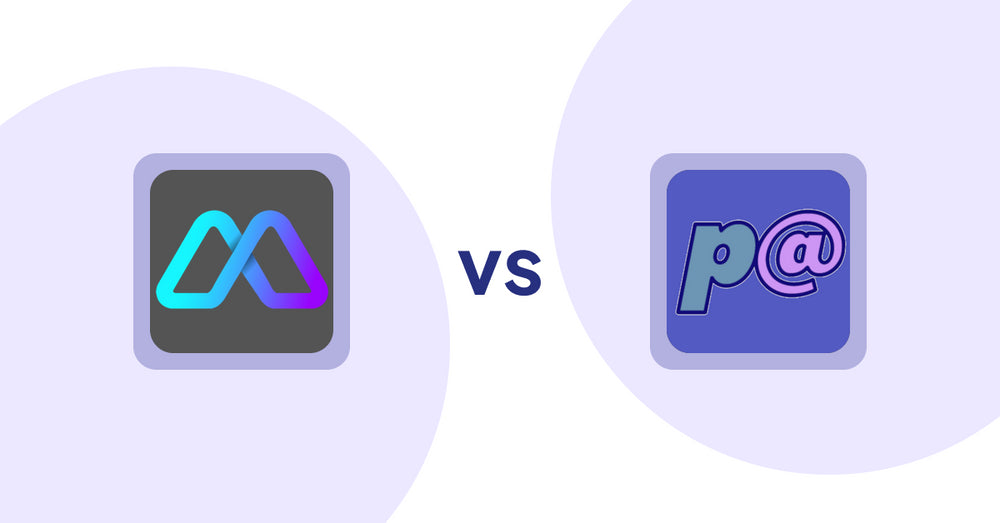
Shopify Product Display Apps: Metadrob: Create Virtual Store vs Parameterizer

Shopify Product Display Apps: Bike Matrix vs. Fast View: Fastest Quick View
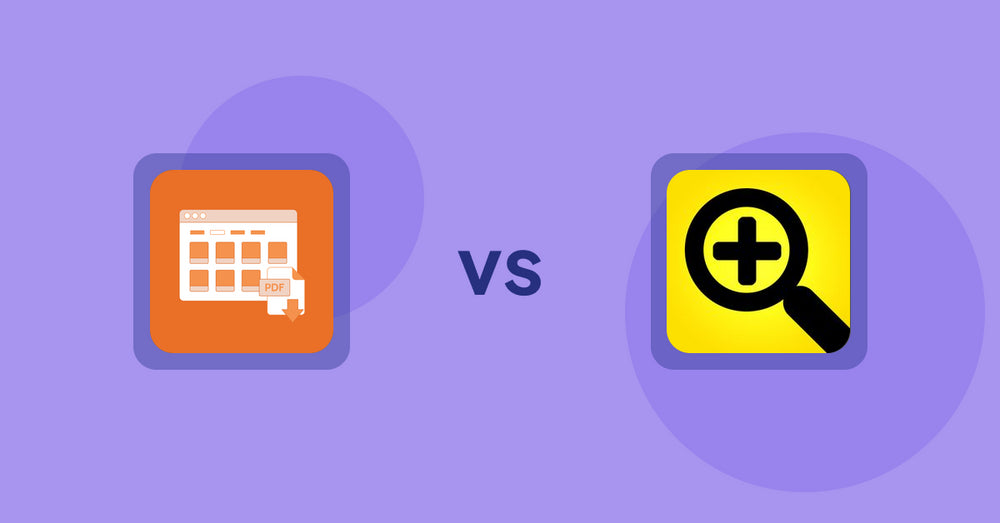
Shopify Product Display Apps: Meetanshi PDF Product Catalog vs Fast View: Fastest Quick View

Shopify Product Display Apps: UR: Smart Ranking vs Sortyfi Collection Merchandise

Shopify Product Display Apps: UR: Smart Ranking vs PDP Star
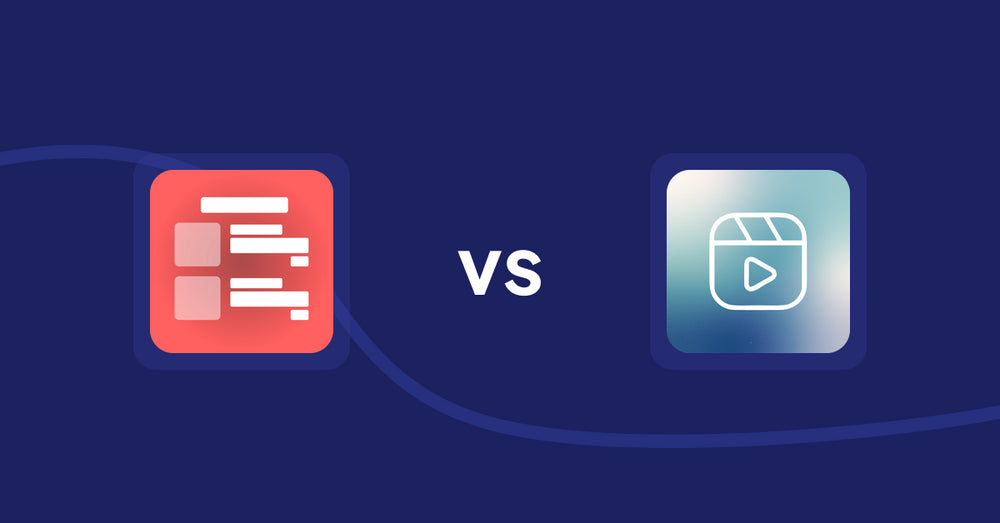
Shopify Product Display Apps: Menulog vs Reelify ‑ Shoppable Reel Video

Shopify Product Display Apps: H3 Estimated Delivery vs Findify Search & Merchandise

Shopify Product Display Apps: Wordo ‑ ChatGPT AI Description vs Urgency! Low Stock Counter
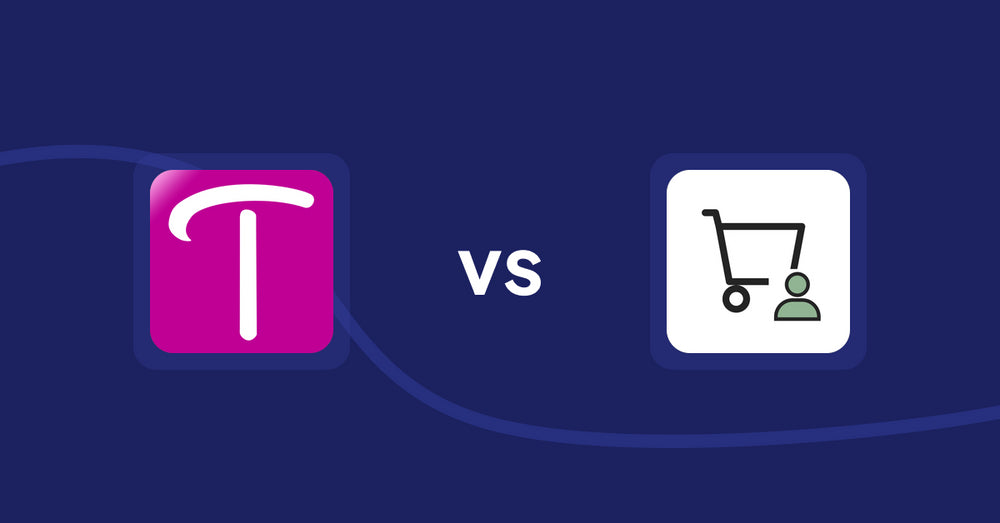
Shopify Product Display Apps: WS Transparency vs シンプル会員注文割引|お手軽ログインセール設定
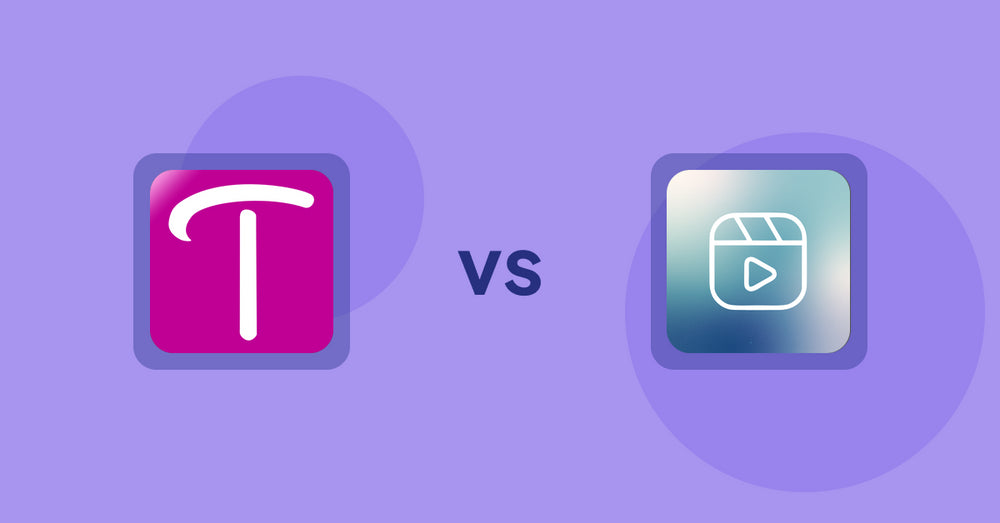
Shopify Product Display Apps: WS Transparency vs Reelify ‑ Shoppable Reel Video
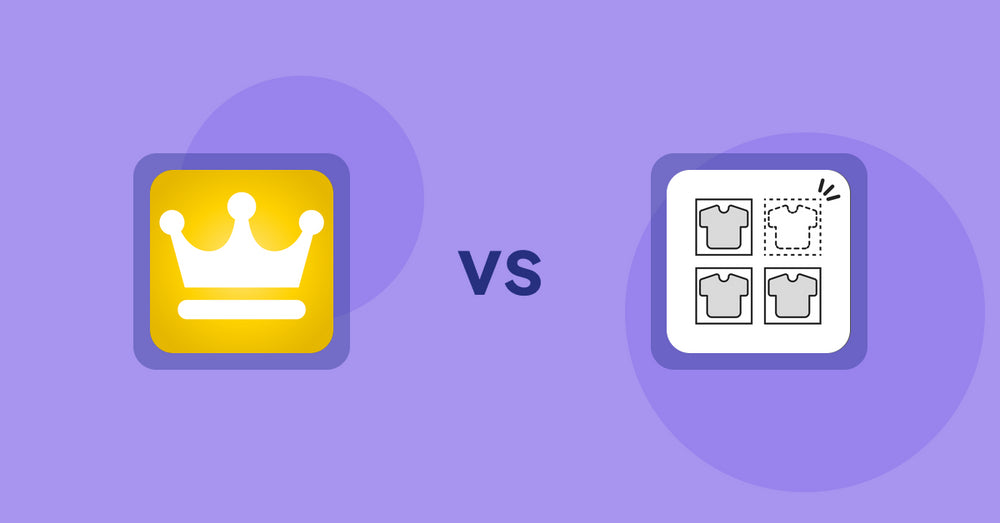
Shopify Product Display Apps: Awesome Ranking vs シンプル売り切れ非表示|在庫切れ商品の表示変更

Shopify Product Display Apps: OC Product Size Chart vs FeatureFrame ‑ Pretty Product

Shopify Product Display Apps: Shelfify vs Bike Matrix
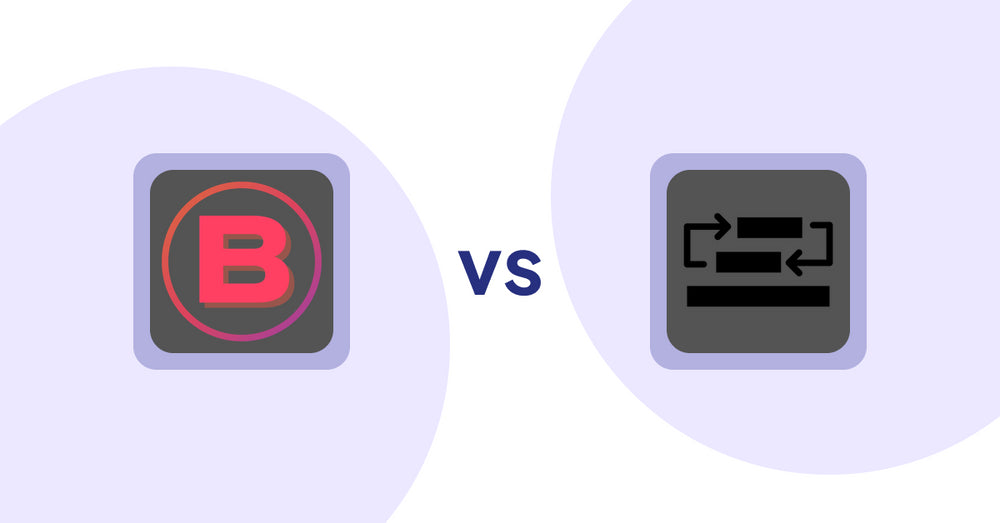
Shopify Product Display Apps: Banter Stories vs Sortyfi Collection Merchandise
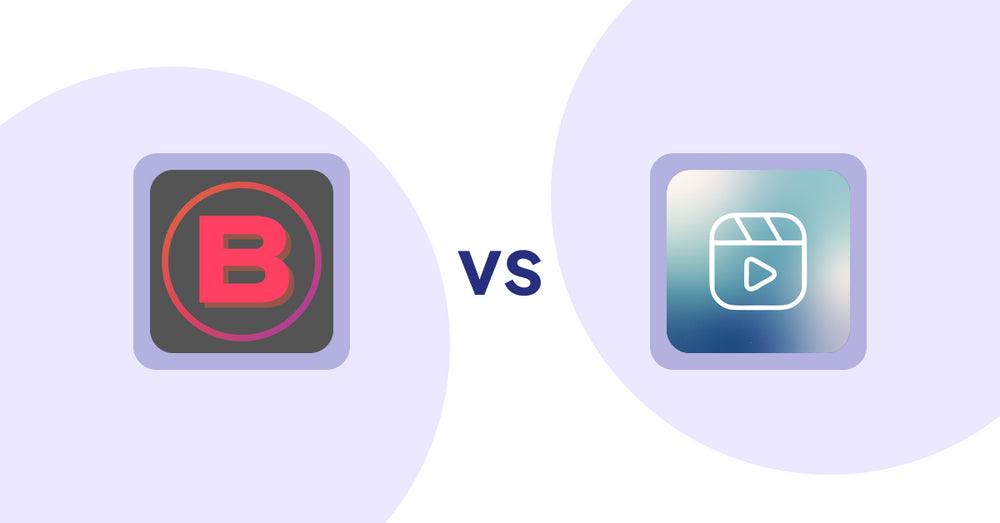
Shopify Product Display Apps: Banter Stories vs. Reelify ‑ Shoppable Reel Video
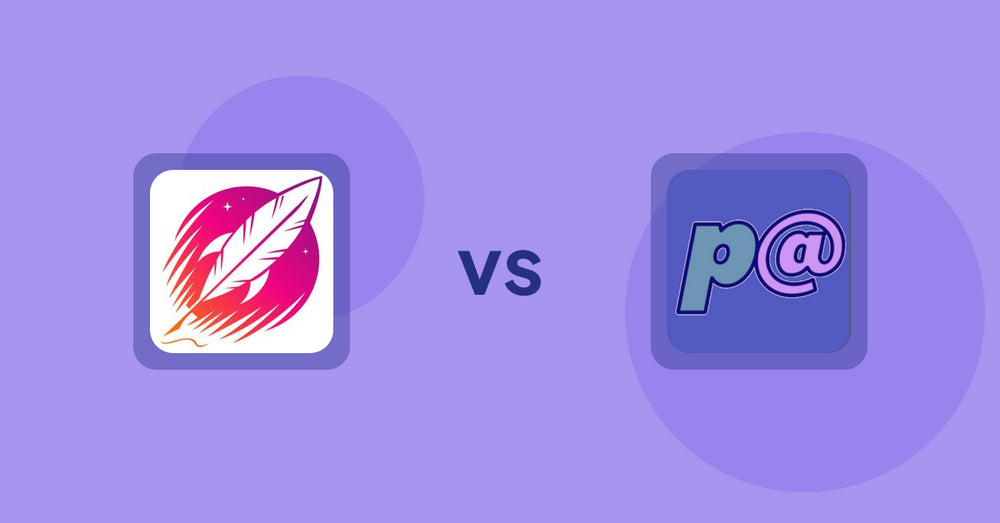
Shopify Product Display Apps: Wordsmith: Content Generator vs Parameterizer

Shopify Product Display Apps: Wordsmith: Content Generator vs Reelify ‑ Shoppable Reel Video
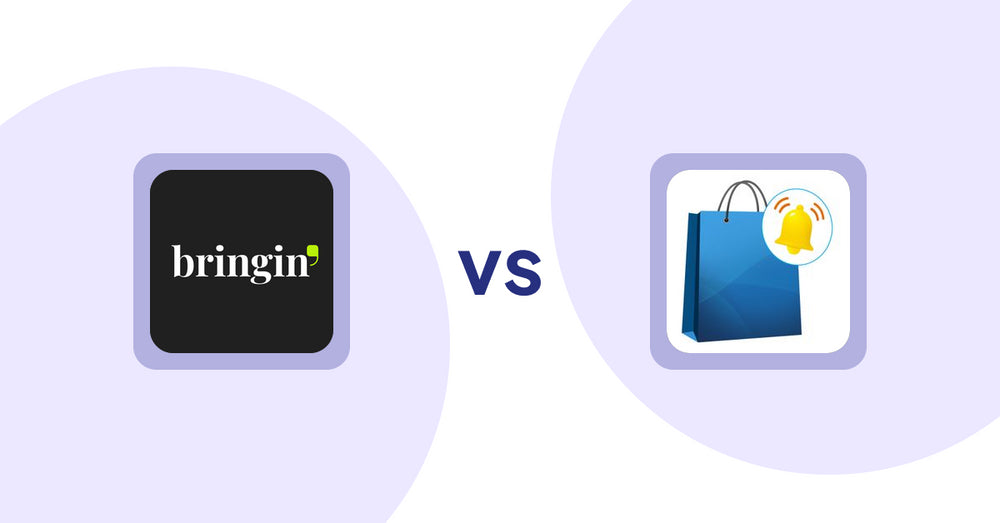
Shopify Product Display Apps: Bringin vs CartBar ‑ Product Purchase Bar
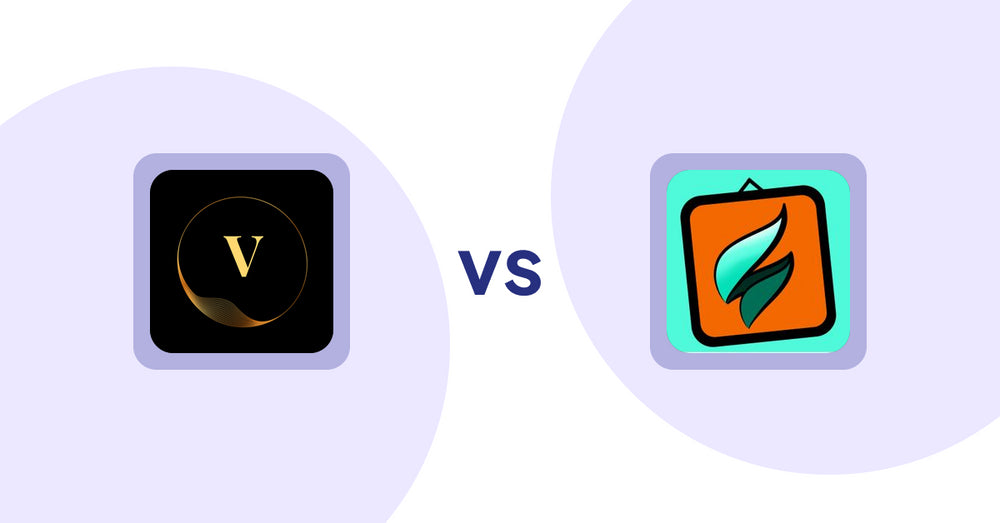
Shopify Product Display Apps: ProductTube vs SMART ‑ Art Product Builder

Shopify Product Display Apps: Xpander vs PDP Star

Shopify Product Display Apps: Xpander vs Banter Stories
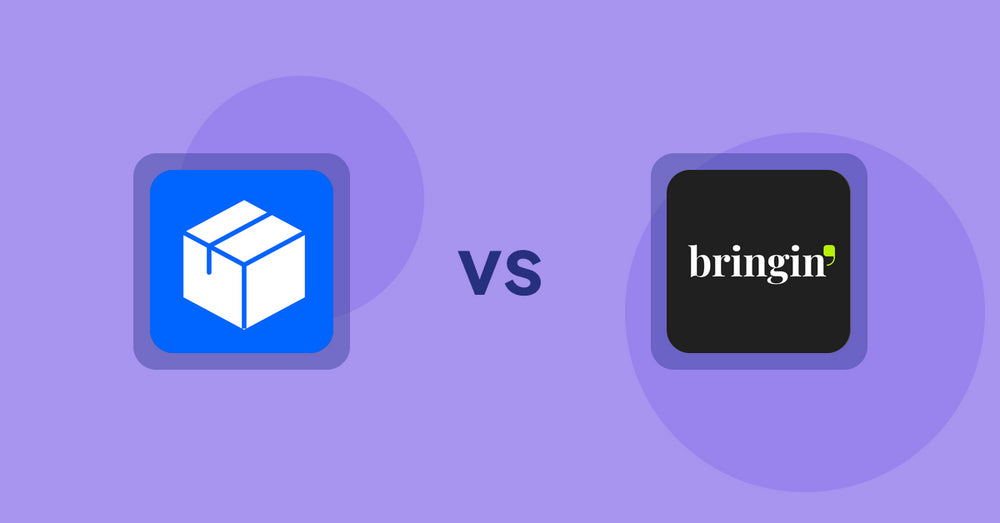
Shopify Product Display Apps: Wonderful Widgets vs Bringin

Shopify Product Display Apps: BookE - Rent Property & Service vs Metadrob: Create Virtual Store
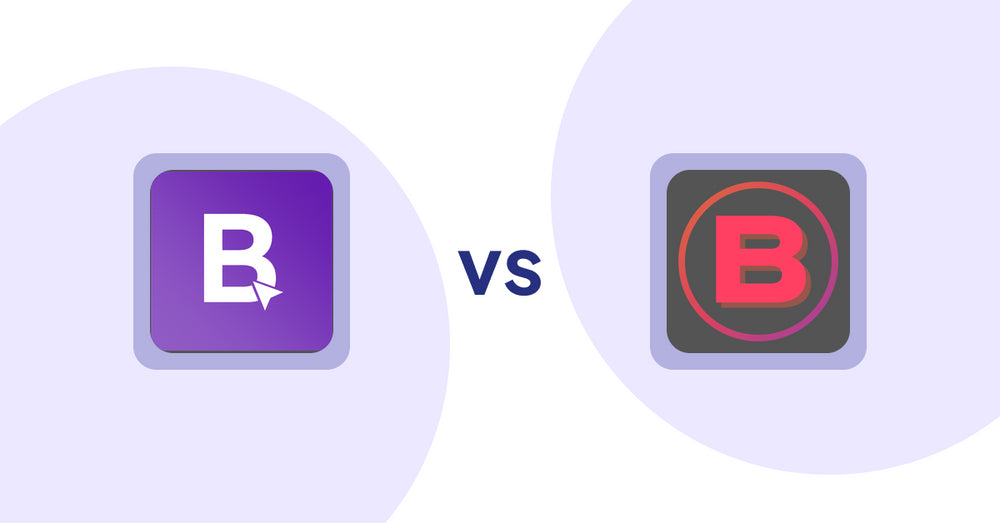
Shopify Product Display Apps: BookE ‑Rent Property & Service vs. Banter Stories
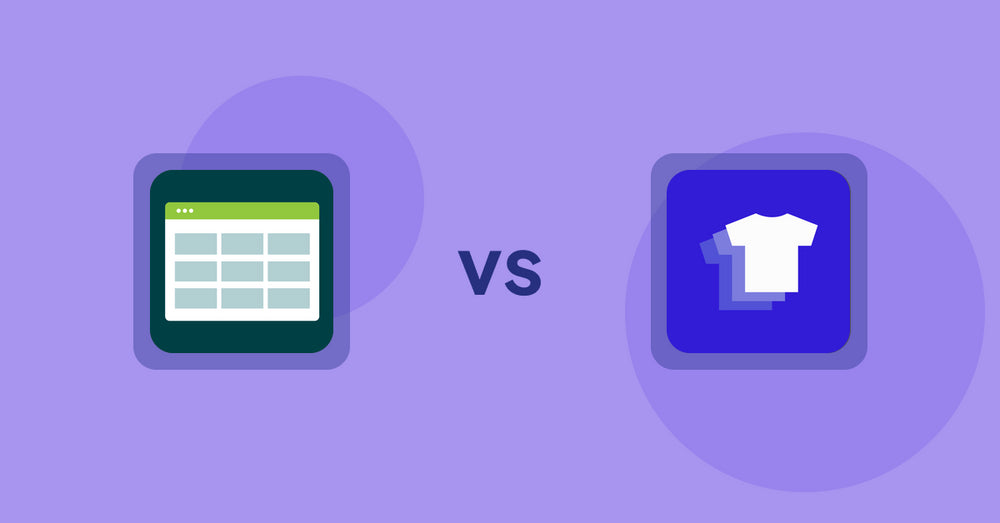
Shopify Product Display Apps: Product Table vs. Xpander
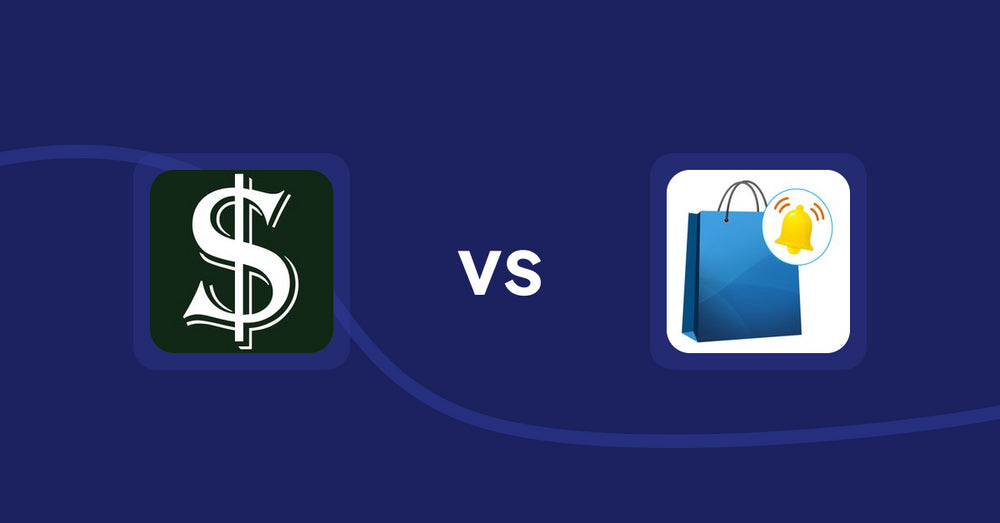
Shopify Product Display Apps: Selling Fast vs CartBar ‑ Product Purchase Bar
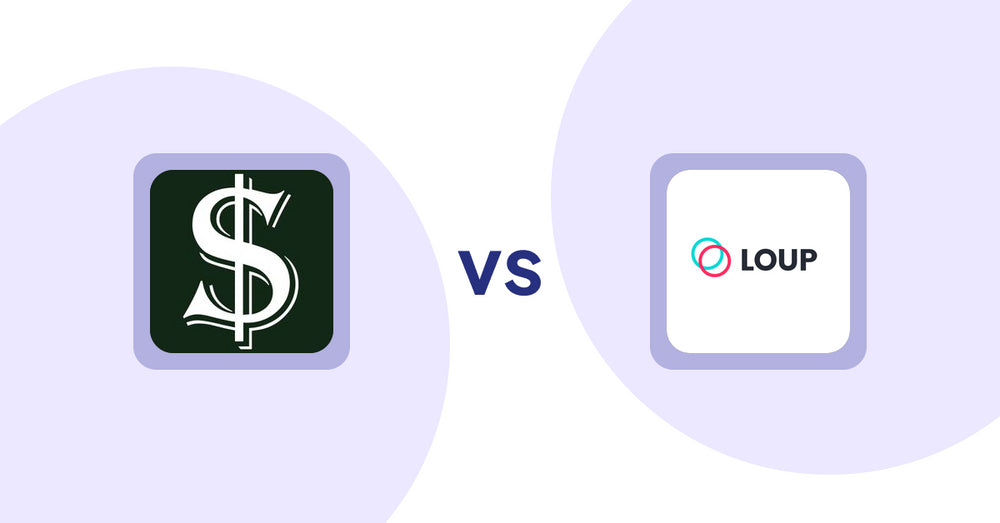
Shopify Product Display Apps: Selling Fast vs. Loup: Sell on Instagram
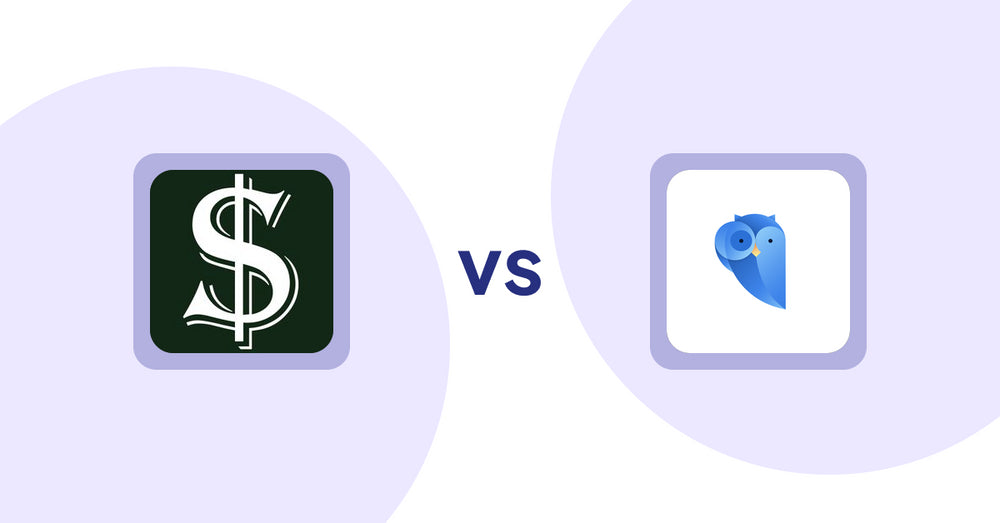
Shopify Product Display Apps: Selling Fast vs. Findify Search & Merchandise

Shopify Product Display Apps: Selling Fast vs. Aiuta
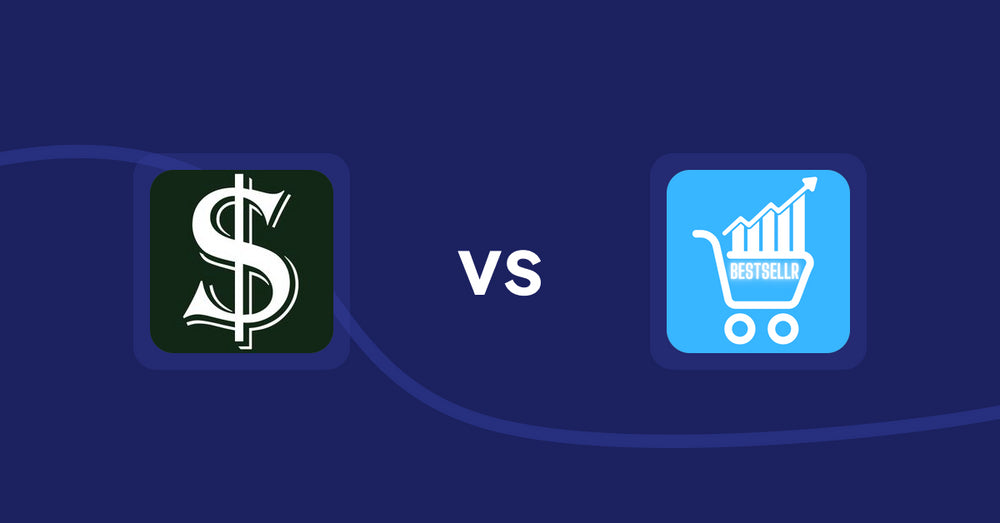
Shopify Product Display Apps: Selling Fast vs Bestsellr

Shopify Product Display Apps: Selling Fast vs ProductTube
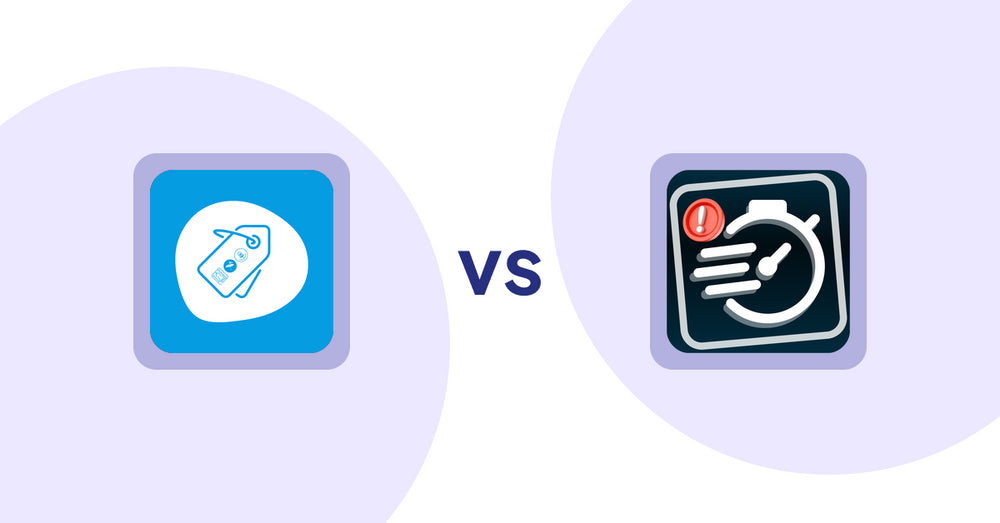
Shopify Product Display Apps: Extendons Product Tag Images vs Urgency! Low Stock Counter
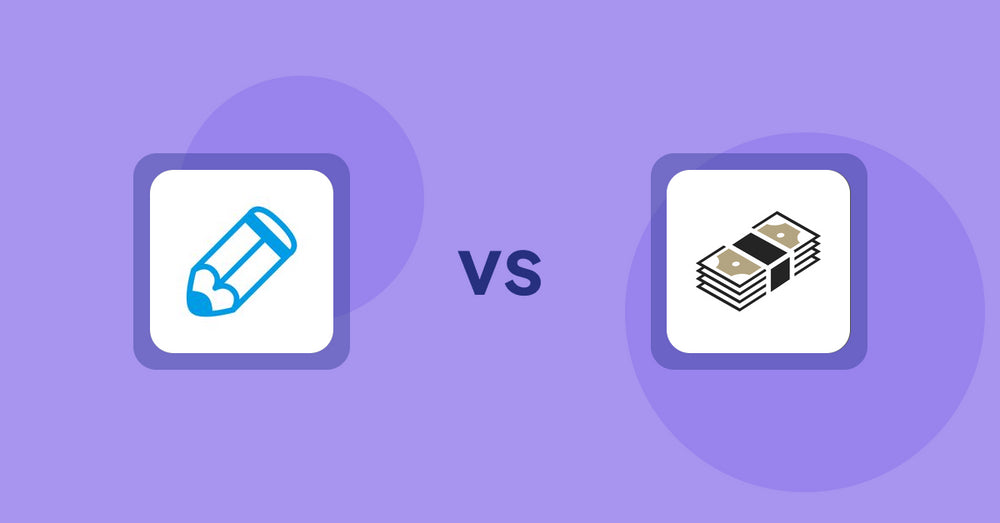
Shopify Product Display Apps: Writer Sofia vs シンプルクラウドファンディング|お手軽自社クラファン
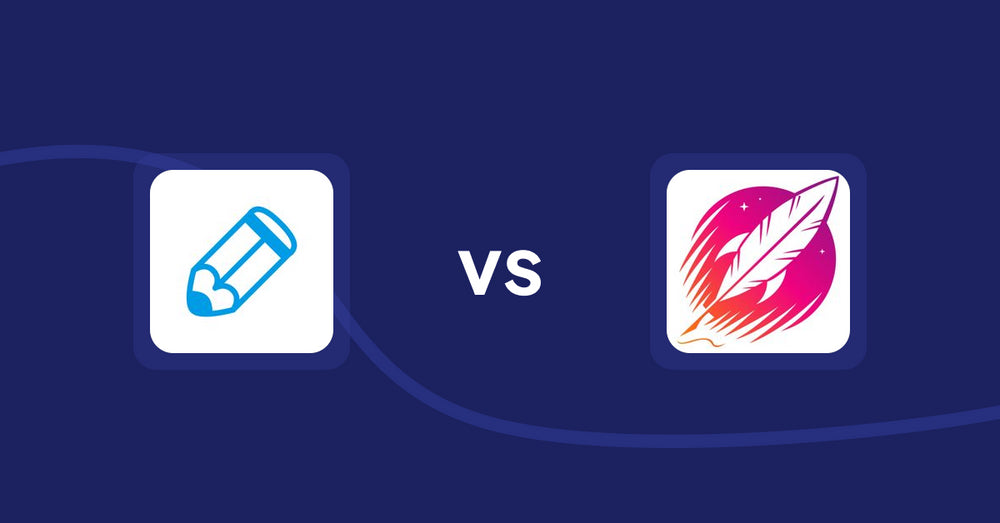
Shopify Product Display Apps: Writer Sofia vs Wordsmith: Content Generator
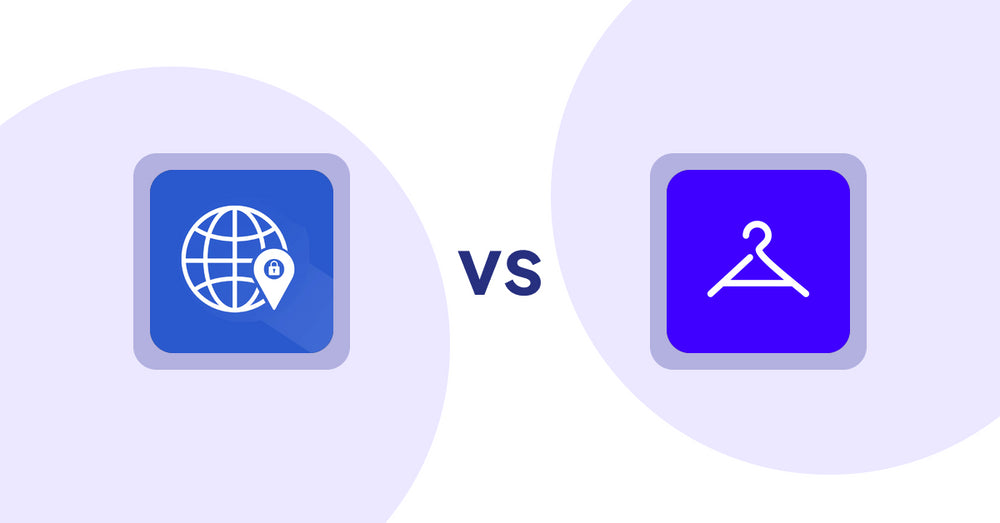
Shopify Product Display Apps: Addify ‑ Country Restrictions vs Aiuta
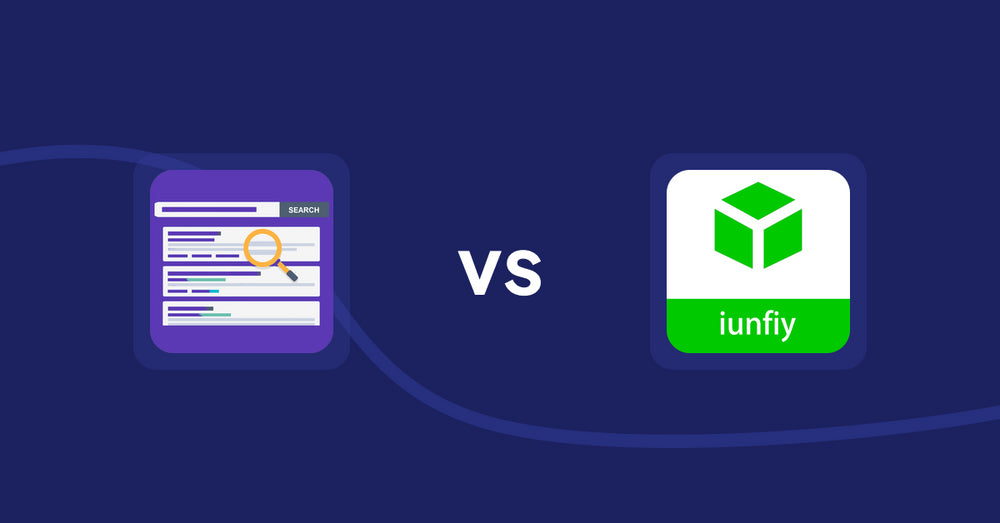
Shopify Product Display Apps: Spark AI Products Description vs iunfiy • Related Products

Shopify Product Display Apps: BeUnico vs Loup: Sell on Instagram
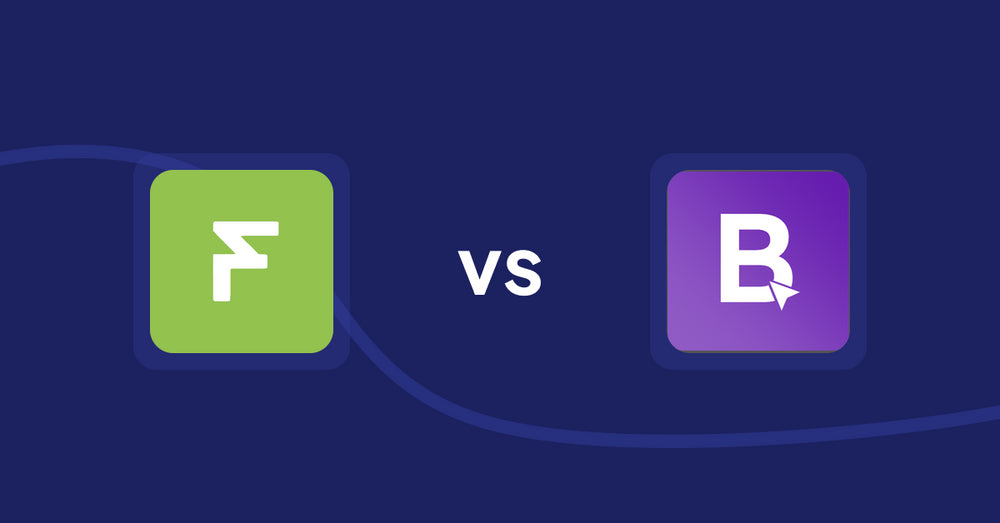
Shopify Product Display Apps: Easy Estimate Shipping vs BookE ‑Rent Property & Service
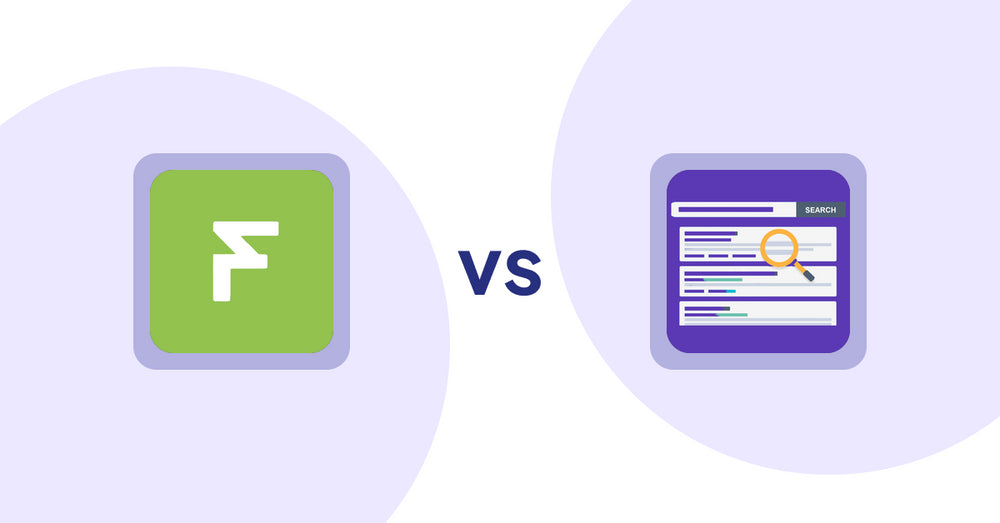
Shopify Product Display Apps: Easy Estimate Shipping vs. Spark AI Products Description
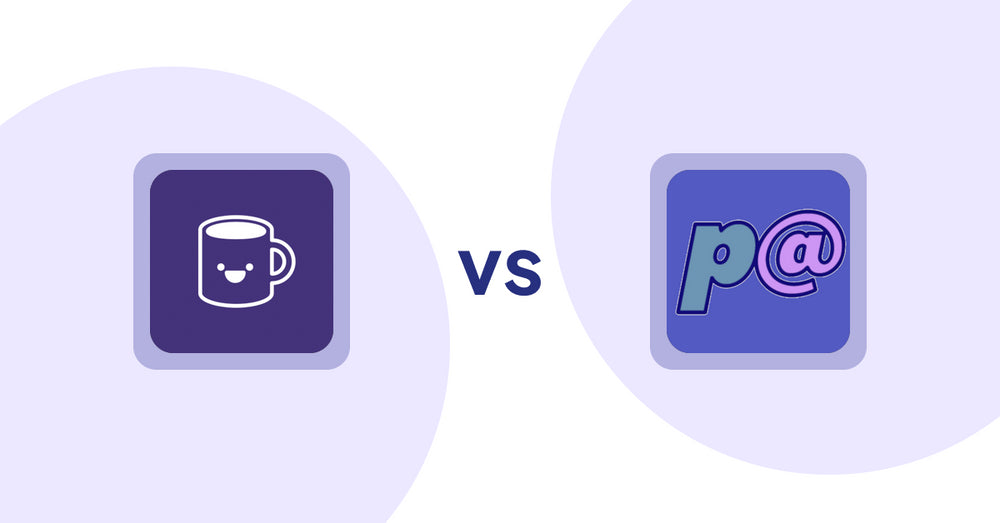
Shopify Product Display Apps: Mugshot Bot vs Parameterizer

Shopify Product Display Apps: Peftrust vs. Wordo ‑ ChatGPT AI Description
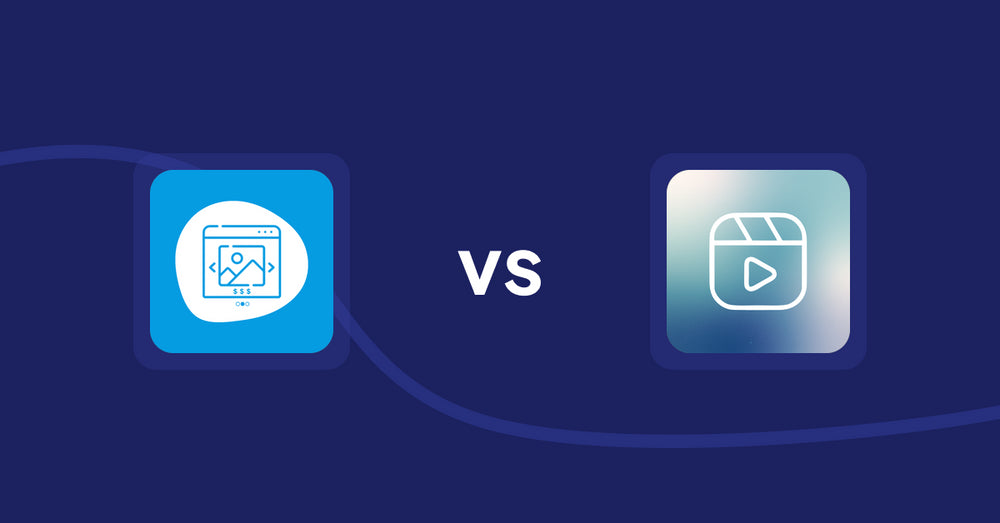
Shopify Product Display Apps: Quick Product Navigator Slide vs Reelify ‑ Shoppable Reel Video

Shopify Product Display Apps: Quick Product Navigator Slide vs. UR: Smart Ranking

Shopify Product Display Apps: Eazy Specification Tags Table vs Agile Attachments
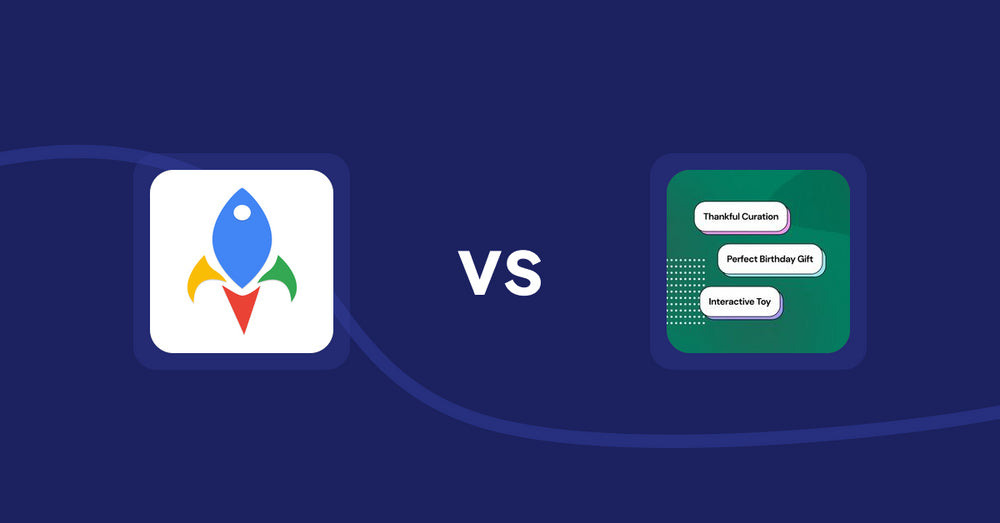
Shopify Product Display Apps: Jedi Back In Stock Admin Alert vs FeatureFrame ‑ Pretty Product
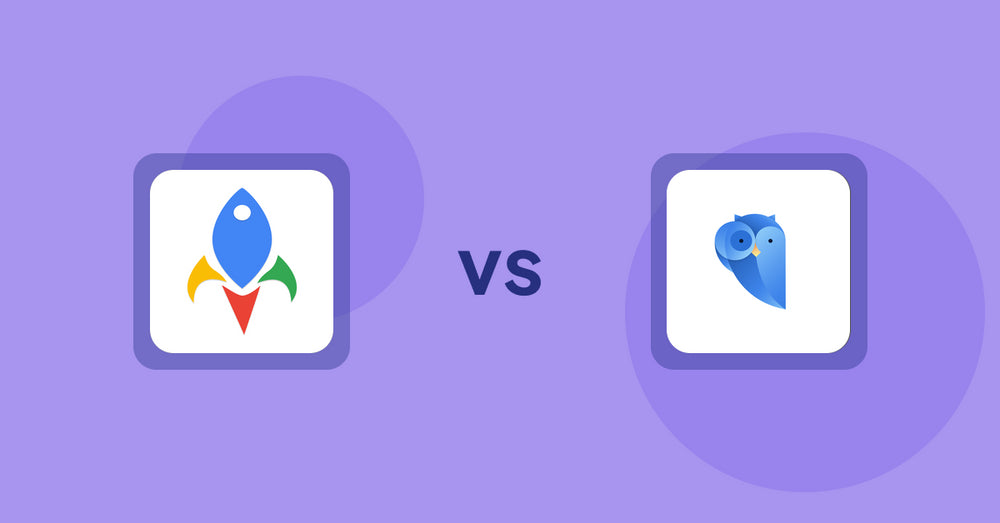
Shopify Product Display Apps: Jedi Back In Stock Admin Alert vs. Findify Search & Merchandise
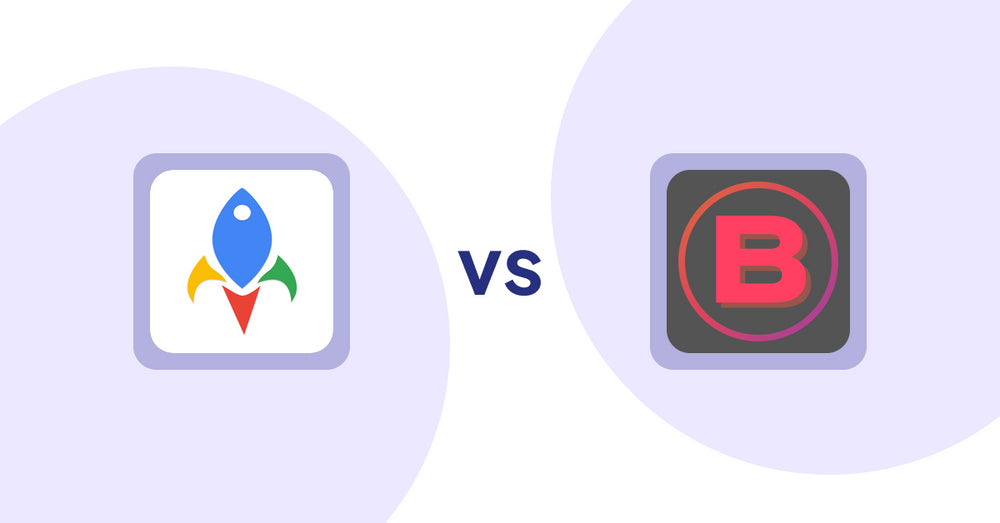
Shopify Product Display Apps: Jedi Back In Stock Admin Alert vs Banter Stories






